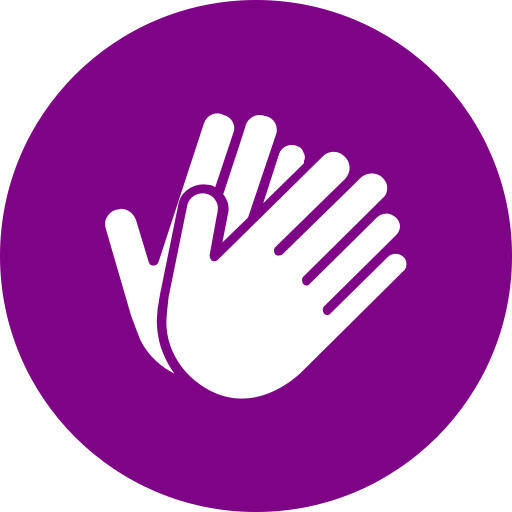The newly released pediatric opioid prescribing guidelines represent a significant step in addressing the risks of opioid use among children and adolescents. These guidelines, introduced for the first time, aim to enhance safety and reduce the risk of misuse and overdose.
Key recommendations include:
1. Prescribing Limits: Restricting the duration and dosage of opioids prescribed to children to the lowest effective amount.
2. Monitoring: Emphasizing the importance of monitoring patients for signs of misuse, dependency, or adverse effects during and after treatment.
Alternative Therapies: Prioritizing non-opioid pain management strategies whenever possible.
3. Education: Encouraging healthcare providers to educate families on the risks of opioids and safe storage and disposal practices
PEDIATRICS.
These guidelines reflect growing concerns about the impact of the opioid crisis on younger populations and aim to balance effective pain management with minimizing risks.
The newly released pediatric opioid prescribing guidelines represent a significant step in addressing the risks of opioid use among children and adolescents. These guidelines, introduced for the first time, aim to enhance safety and reduce the risk of misuse and overdose.
Key recommendations include:
1. Prescribing Limits: Restricting the duration and dosage of opioids prescribed to children to the lowest effective amount.
2. Monitoring: Emphasizing the importance of monitoring patients for signs of misuse, dependency, or adverse effects during and after treatment.
Alternative Therapies: Prioritizing non-opioid pain management strategies whenever possible.
3. Education: Encouraging healthcare providers to educate families on the risks of opioids and safe storage and disposal practices
PEDIATRICS.
These guidelines reflect growing concerns about the impact of the opioid crisis on younger populations and aim to balance effective pain management with minimizing risks.





